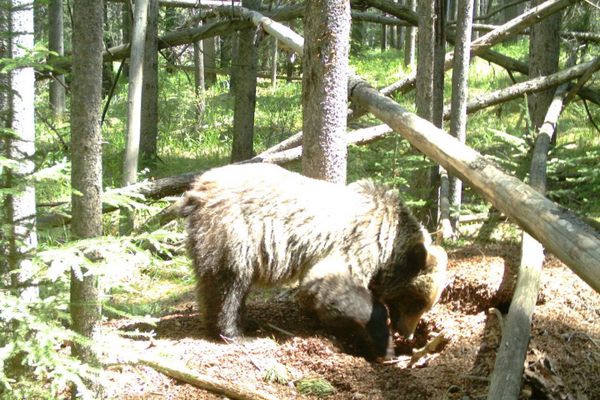Unlike Other Animals, Naked Mole Rats Don’t Seem to Age
Don’t believe the wrinkles.

There’s plenty to boggle the mind in the life and biology of the naked mole rat. It’s not much to look at it—this priapic rodent has a wrinkly layer of skin that seems a few sizes too large, dangling incisors that it uses like chopsticks, and four little hand-like paws. But an inauspicious exterior conceals an extraordinary body. The naked mole rat can survive without oxygen for 18 minutes, has a natural protection against cancer, and feels little pain. Now, a new study from Google’s anti-aging company Calico suggests that it doesn’t even seem to age.
Most mammals, including humans, are subject to what’s called the Gompertz-Makeham law. Basically, as we get older, things stop working as well as they once did. Between the age of about 30 and 80, hearts get weaker, knees give out, and the human machine starts to feel less well-oiled. It sounds like a truism, but as we get older, we are exponentially more likely to die, with our mortality rate doubling roughly every seven to 10 years after our 30th.
Fascinatingly, naked mole-rats don’t seem to be subject to this natural law. Instead, the risk of mortality remains about one in 10,000 on each day of a rat’s life, way beyond the six-year lifespan scientists say they’d expect of a creature this size. In short, as the researcher Rochelle Buffenstein told Live Science, if you’re a naked mole rat, it doesn’t matter how old you are. “Your death is random,” she said.
The study has raised a few eyebrows elsewhere in the scientific community, with other researchers calling for more data over more years. But Buffenstein said the data seemed conclusive—that they used well over 3,000 animals in their research, none of whom showed signs of aging.
That isn’t to say that they’re immortal, of course. Naked mole rats do die, but they don’t seem to do so because their hearts or bones age like our own. Neither do their reproductive systems stop—females never reach menopause and can carry on having offspring right up until the very end of their lives. And they also don’t get the kind of chronic diseases that go alongside aging: no diabetes or Alzheimer’s. In the wild, they might die from being eaten by a predator or due to infection or a lack of food. In the lab, where the oldest known specimen trundled along for 35 years, death often comes from infected mouth sores, suggesting that the animals weren’t eating, drinking, or producing saliva as they should—but these are as likely to come by when the animal is 10 as when it is 20.
We’re still trying to work out what it is about naked mole rats that makes them so resilient. They’re nearly cold-blooded, which helps, as does their “sticky” hemoglobin, which they use to draw oxygen out of very thin air. But there seems to be something more to it—and when we figure it out, scientists at Calico say, we might be able to use it to mitigate the effects of aging in humans.















Follow us on Twitter to get the latest on the world's hidden wonders.
Like us on Facebook to get the latest on the world's hidden wonders.
Follow us on Twitter Like us on Facebook